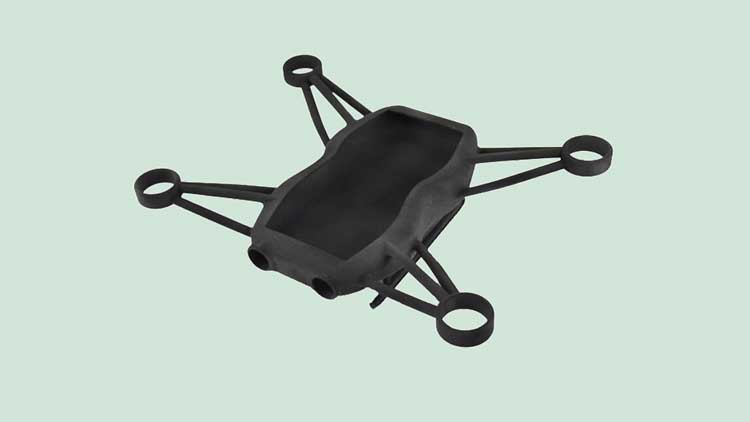
The mechanical properties that are produced by fused deposition modeling (FDM) are affected by a number of parameters. If such components are meant for commercial purposes, this could become a crucial consideration. The effect of nozzle temperature and infill line orientations on the performance of short carbon fiber (CF)-reinforced polylactic acid (PLA) parts is the main topic of this work.
Under carefully chosen settings, test bars consisting of PLA and PLA-CF composite material were created. Due to the strengthening action of high modulus CFs, PLA-CF exhibits stronger tensile characteristics than PLA.
For both PLA and PLA-CF, a nozzle temperature of 230 C results in the highest tensile characteristics. In order to investigate the impacts of infill orientations in test bars, this temperature was chosen. The combination relative to the long axis of the test bar produces the highest levels of tensile characteristics for both PLA and PLA-CF over the “all-purpose” orientation among the several orientations evaluated. The mechanical and crystallinity characteristics of produced items can also be impacted by annealing. The degree of crystallinity for samples that were annealed under varied circumstances was evaluated by differential scanning calorimetric studies.
The findings demonstrate that annealing increases crystallinity in PLA and PLA-CF samples, with greater values being obtained with a slower cooling rate. For both annealed and printed parts, the Young’s modulus behaves in the same way, with greater modulus values being produced by slower cooling rates. This is related to the material structure relaxing as well as the polymer chains’ orientation toward the CFs.
